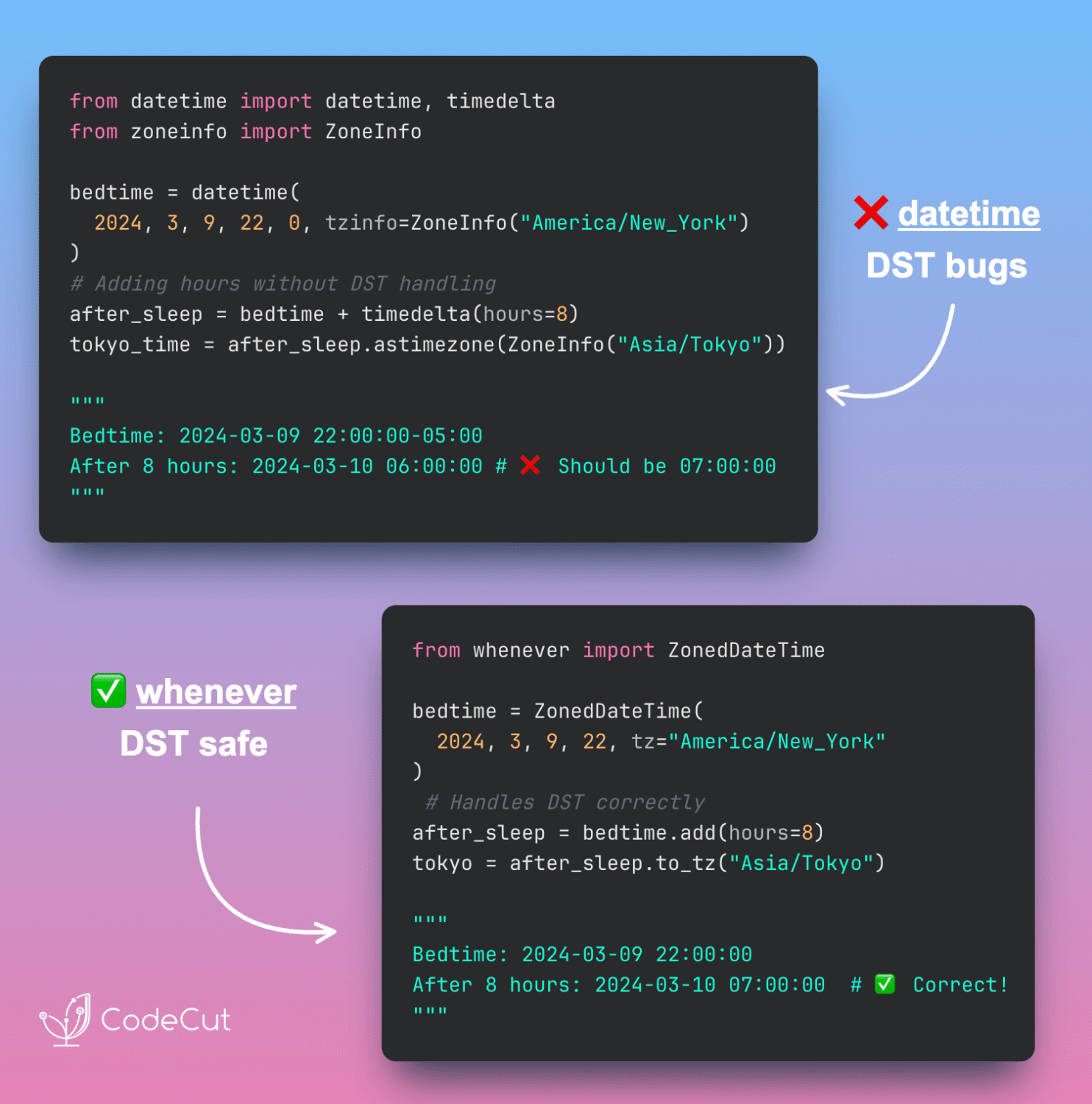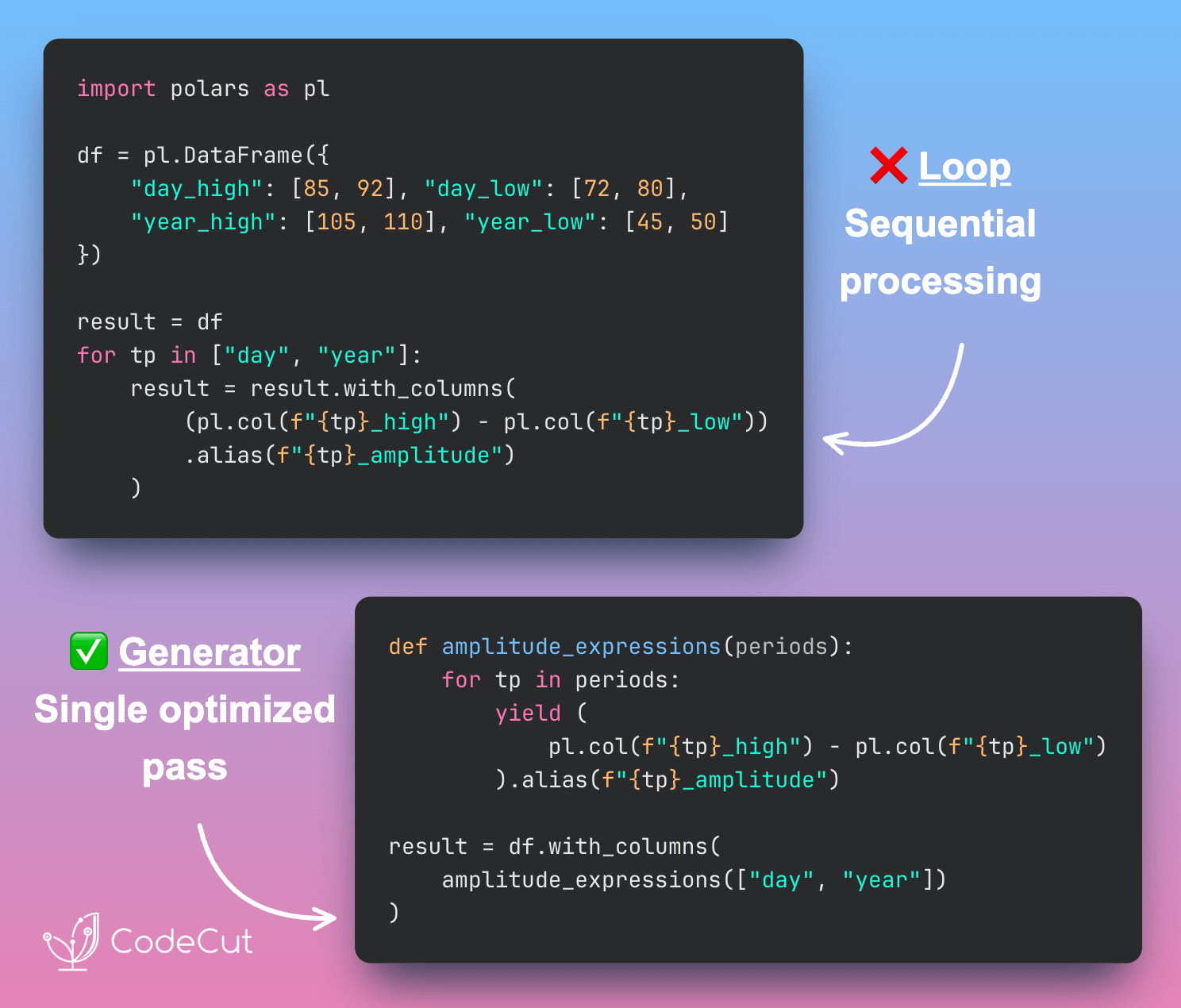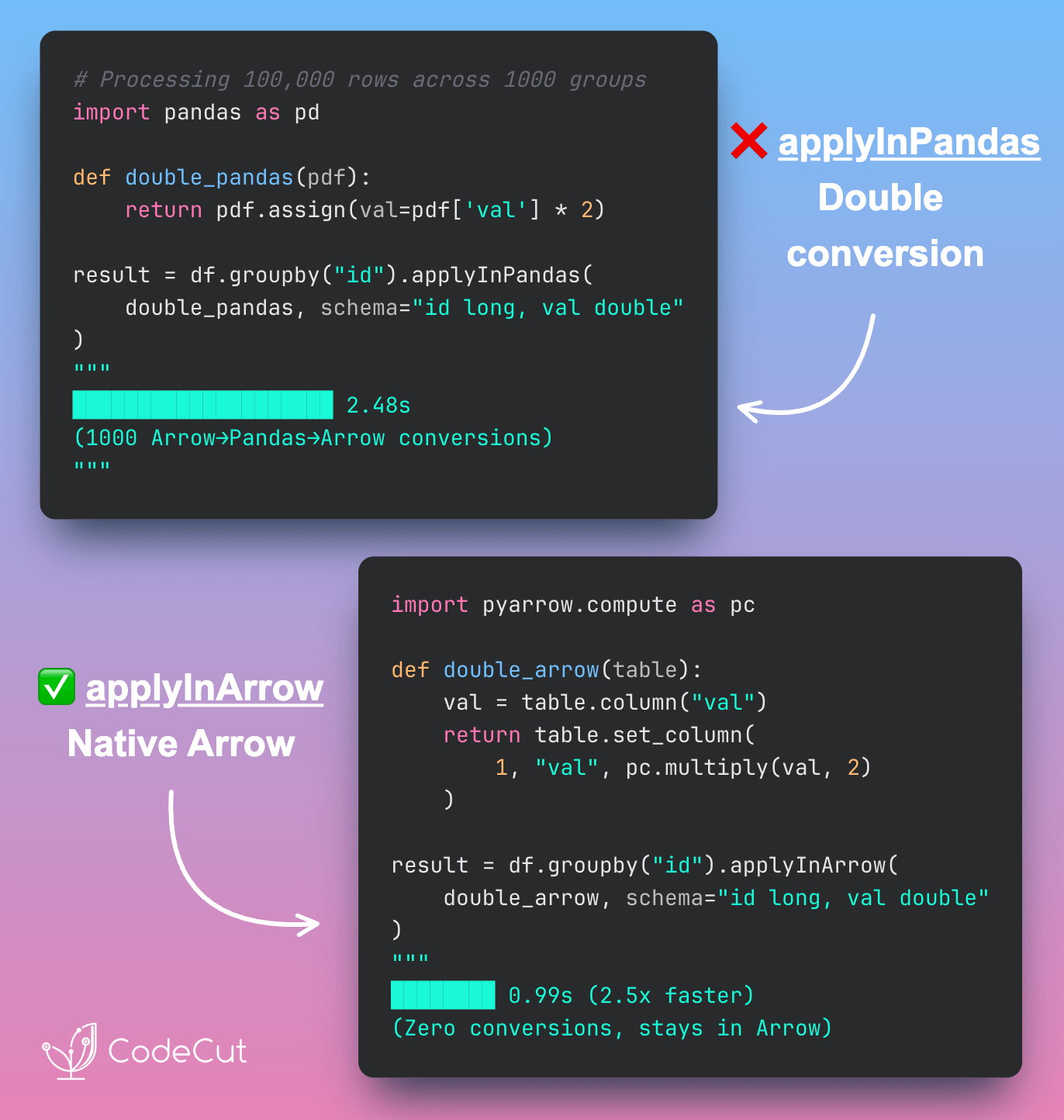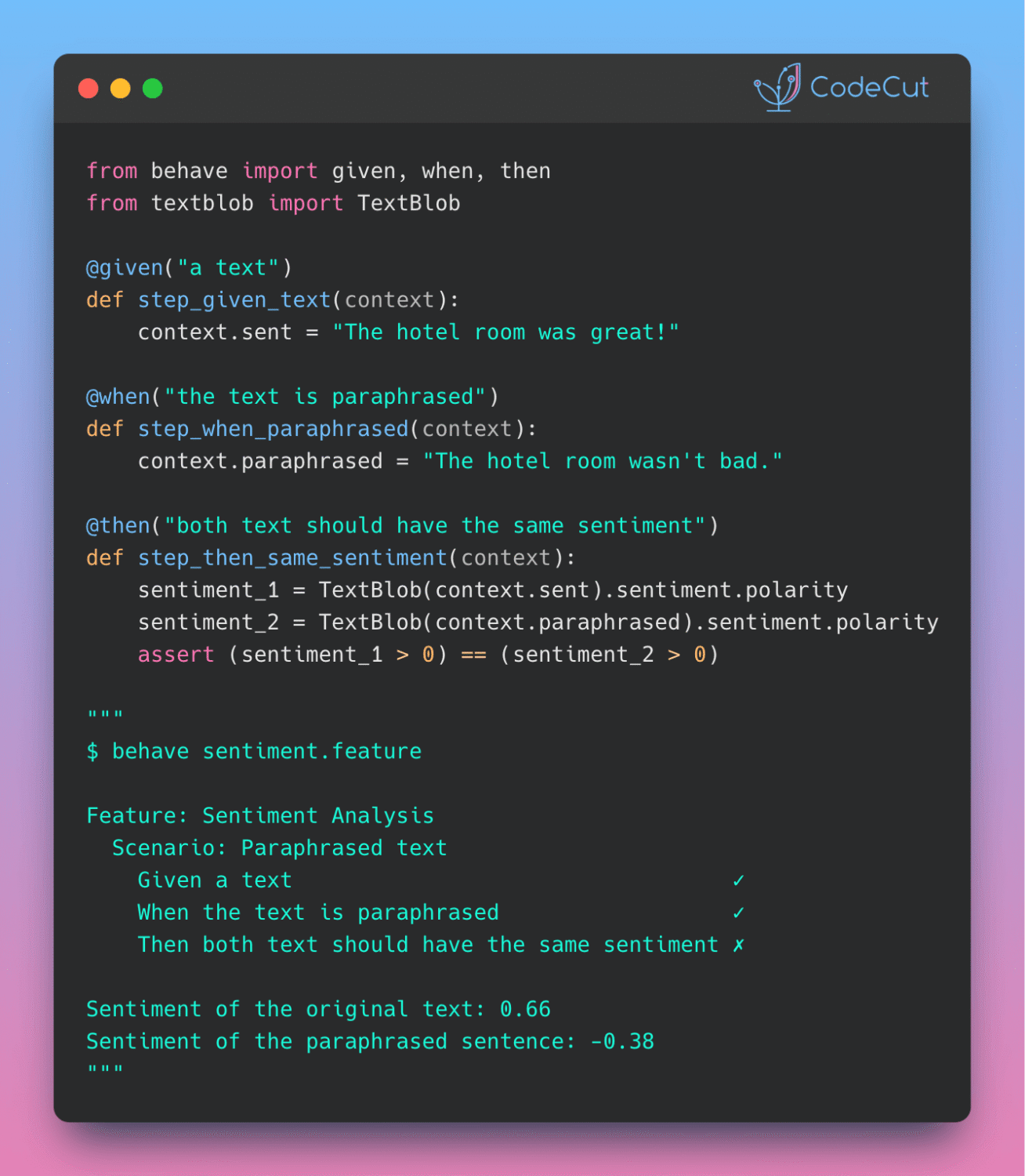Newsletter #251: PySpark 4.0: Native Plotting API for DataFrames
📅
Today’s Picks
PySpark 4.0: Native Plotting API for DataFrames
Problem:
Visualizing PySpark DataFrames typically requires converting to Pandas first, adding memory overhead and extra processing steps.
Solution:
PySpark 4.0 adds native Plotly-powered plotting, enabling direct .plot() calls on DataFrames without Pandas conversion.
Full Article:
Run Code
View GitHub
⭐
Related Post
Batch Process DataFrames with PySpark Pandas UDF Vectorization
Problem:
Traditional UDFs (User-Defined Functions) run your custom Python function on each row individually, which can significantly slow down DataFrame operations.
Solution:
Pandas UDFs solve this by batching data into chunks and applying vectorized pandas transformations across entire columns, rather than looping through rows.As a result, they can be 10 to 100 times faster on large DataFrames.
Full Article:
The Complete PySpark SQL Guide: DataFrames, Aggregations, Window Functions, and Pandas UDFs
Run Code
View GitHub
☕️
Weekly Finds
Python Utils
Rembg is a tool to remove images background
Python Utils
A tool (and pre-commit hook) to automatically upgrade syntax for newer versions of the language
Data Viz
Shiny for Python is the best way to build fast, beautiful web applications in Python
Favorite
Newsletter #251: PySpark 4.0: Native Plotting API for DataFrames Read More »










